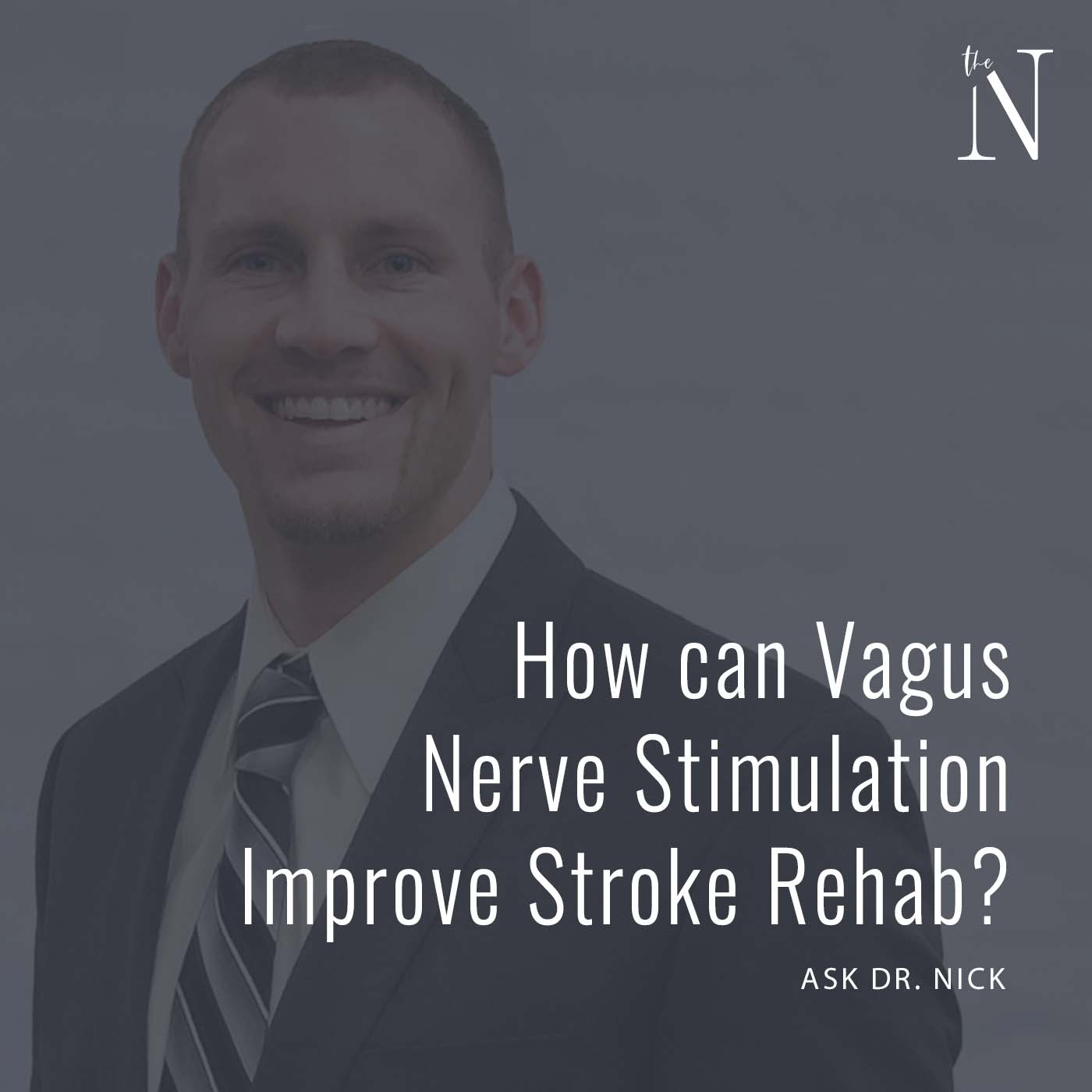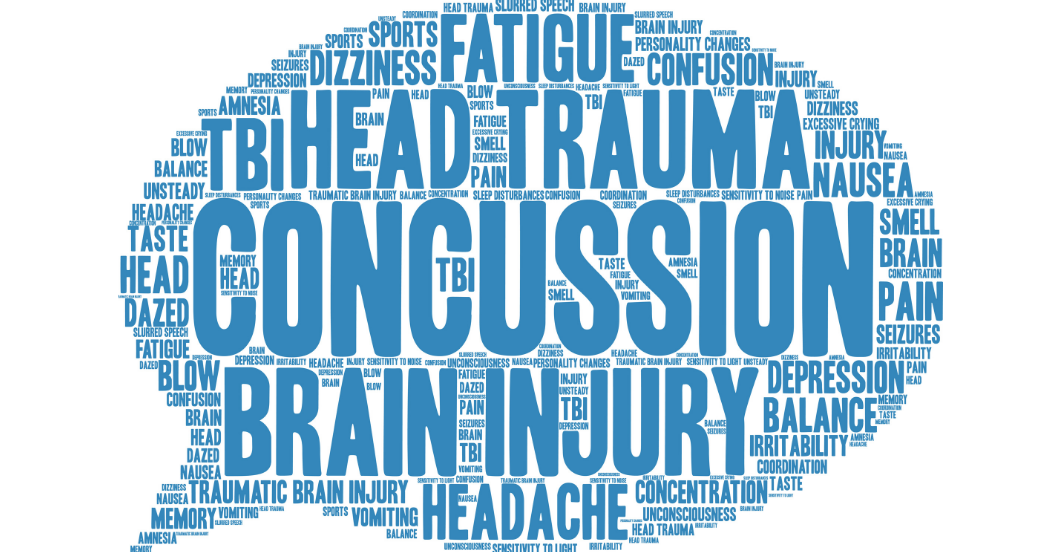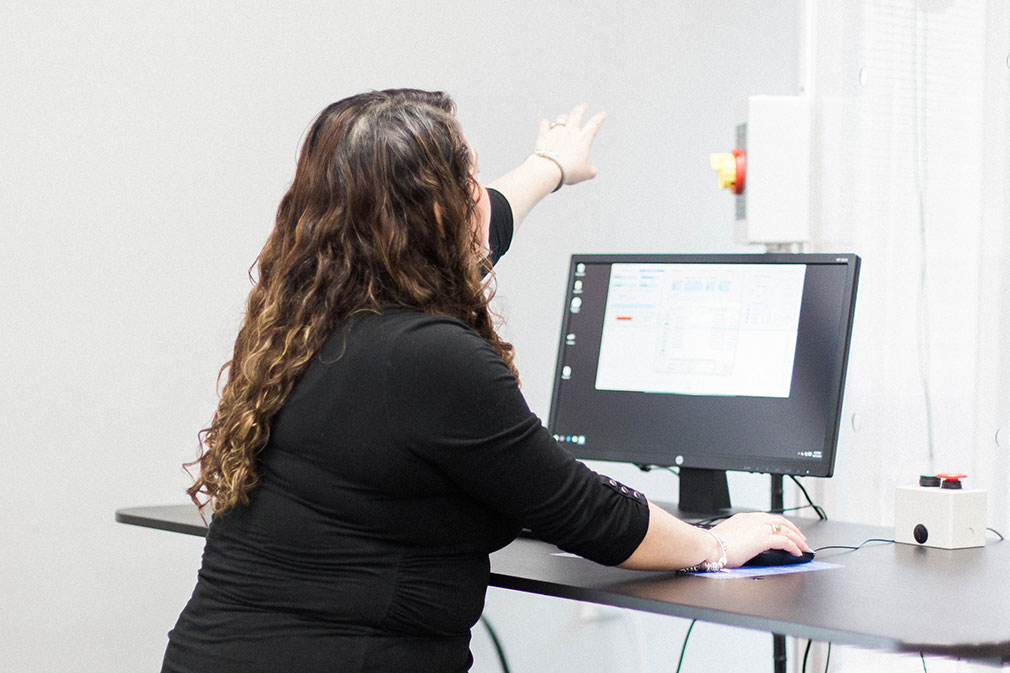
Is it possible to shine light on your head and improve your brain?
What is Photobiomodulation?
Photobiomodulation (PBM) refers to the application of low levels of red or near-infrared (NIR) light to either stimulate or inhibit cells in your body. It was first discovered in 1967 when Endre Mester observed that low powered laser treatment promoted hair regrowth and wound healing in rats. Transcranial photobiomodulation is when the light is directed over your skull to influence your brain. This light stimulation over your skull has been shown to increase blood flow, improve oxygen consumption, and improve energy production in your brain.
Advances in Photobiomodulation
New devices are developed which instead of shining a light over a constant time, it will flicker a specific number of times per second. This frequency of light flicker has been shown to minimize the heating effect, increase the penetration of the light, but also interacts with cells in your brain (as shown by EEG recordings). A recent study has shown that a specific frequency of light flickered 40 times a second was associated with reducing the number of abnormal proteins in the brains of patients with Alzheimer’s disease. Depending on the speed of flicker, certain frequencies may be associated with a calming effect, while others may be associated with learning and improved concentration.
The potential to use light as a safe method of brain entrainment is an exciting thought! Combined with neurofeedback and other frequency-based electric stimulation, our clinicians at The Neurologic Wellness Institute use light therapy as a way to help our patients with a variety of symptoms such as anxiety, sleep problems, brain fog, and memory problems.
For more information on the type of conditions, our clinicians help with, schedule a consult with one of our patient care coordinators.
Zomorrodi et al. Pulsed near infrared transcranial and intranasal photobiomodulation significantly modulates neural oscillations. Scientific Reports. 2019.




